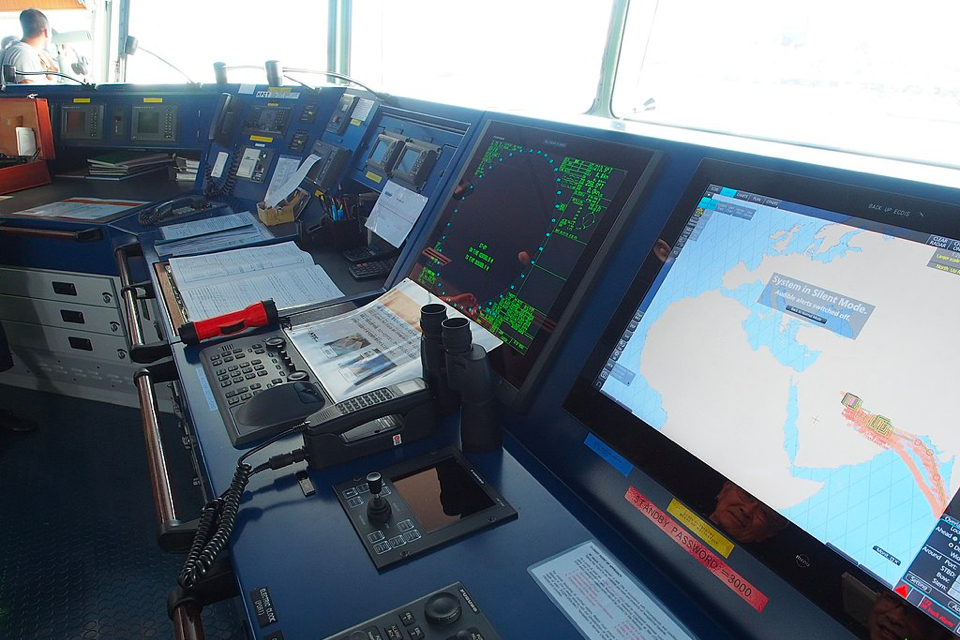Following queries related to nautical publications in digital form, DNV GL decided to publish a new statutory news. In it, the classification society explains what ship owners, ship managers and flag states need to know to stay compliant in this area.
Regulation 27, Chapter V of SOLAS provides that nautical charts and publications must be kept up to date. Furthermore, Regulation 19.2.1.4, Chapter V of SOLAS states that: ‘All ships, irrespective of size, shall have nautical charts and nautical publications to plan and display the ship’s route for the intended voyage and to plot and monitor positions throughout the voyage.’
Electronic forms of nautical publications can be used, provided suitable backup arrangements are in place. In other words, the IMO allows digital publications without stating the requirements to the hardware itself.
Nautical Publications in Digital Form
Many flag states have issued guidance on the carriage of digital products. Such guidance refers to the main computer and the backup arrangements provided on board. In any case, individual flag state requirements, which might be given, must be observed.
There are two options for having the nautical publication available on the bridge in digital form:
1. Included in ECDIS
An ECDIS capable of accessing appropriate digital nautical publications may be used as the “workstation” for the use of such publications. However, digital nautical publications may only be used on ECDIS if the ECDIS equipment has been approved for this purpose. This means:
- The effective size of the chart presentation is at least 270 by 270 mm and is not or only temporarily effected. If temporarily effected, it shall be subject to removal by a single operator action.
- The software complies with at least MSC.191/5.2 (IEC62288 4.4) for readability and MSC.191/5.3 (IEC62288 4.5) for colours and intensity.
- The software is free of reactive effects to the ECDIS software.
- The software is added as an additional module in the ECDIS type approval certificate.
2. Installed on Dedicated Computer
It has already been noted that there is a gap in the rules regarding nautical publications in digital form, with the result that these publications were installed on a normal computer and display for many SOLAS vessels.
From a class perspective, DNV GL requires nautical publications as described in Regulation V/19.2.1.4, considering that applicable computers and displays are navigational equipment.
Following SOLAS V/18.2 for navigational equipment, this should also be considered:
- 18.2 Systems and equipment, including associated backup arrangements, where applicable, installed on or after 1 July 2002 to perform the functional requirements of Regulations 19 and 20, shall conform to appropriate performance standards not inferior to those adopted by the organisation.
- These computers and displays must be at least in compliance with IMO Resolution A.694(17) and MSC.191(79). Consequently, the hardware and software shall be fully in compliance with IEC60945 (Environmental and Electromagnetic compatibility [EMC]) and IEC62288 (Presentation of navigation related information).
Until Gaps Are Closed…
However, before the gaps in the rules are closed, the following applies to DNV GL-classed vessels: The computer and display used should be designed to meet the requirements given by SOLAS V/17 (EMC), IEC60945 9.2 Conducted emissions and 9.3 Radiated emissions.
In general, it is essential for safe navigation that the equipment used has been tested for at least EMC. The following evidence should be provided for acceptance by class:
- Equipment type and description
- Manufacturer
- Installed authorised software specific for the vessel
- Evidence of EMC which may be: type approval certificate covering EMC requirements for bridge installations (acc. to IEC60945); test certificate or report/conformity statement; exemption statement.
In any case, flag state requirements, which might be given, are to be observed.
References
- SOLAS V/17, V/18.2, V/19, V/27
- IMO Resolution 694(17), A.813(19), MSC.191(79)
- IACS UI SC.194
- DNVGL Pt.4 Ch.8, Sect.3, 3.1.4
- IEC60945, IEC62288
Picture by Kestrel.








